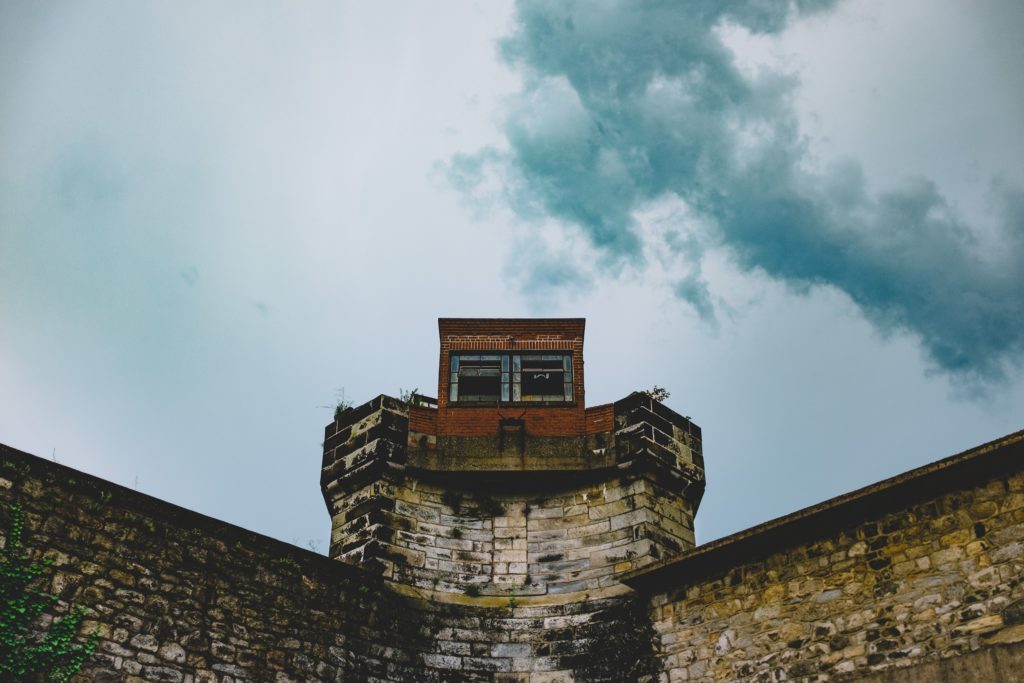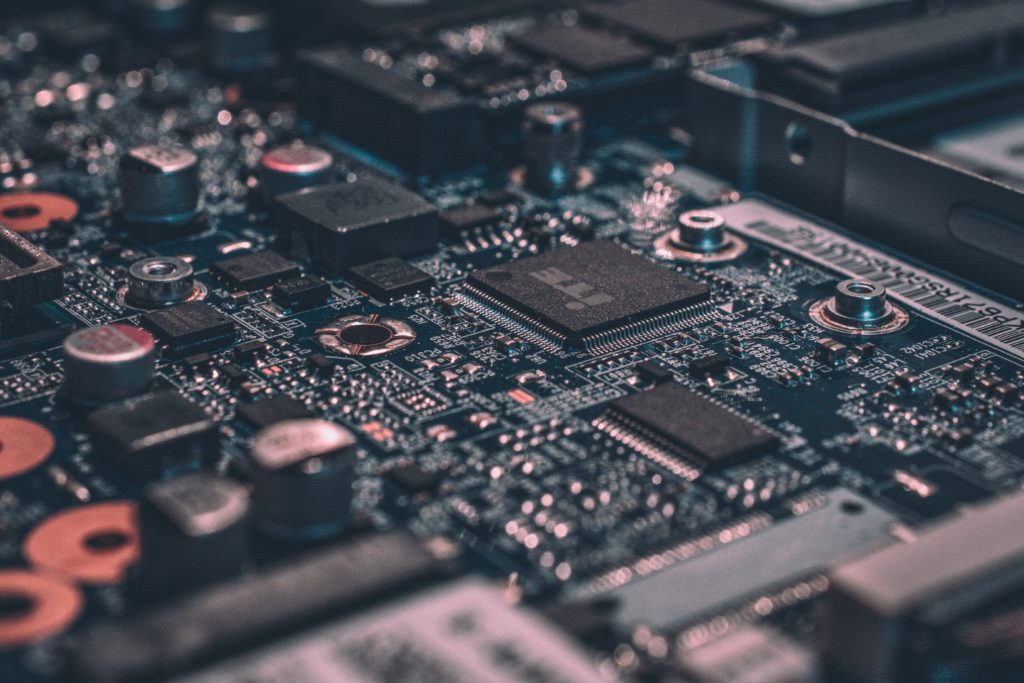Home// Articles// Starting a Company// Part 4: The Walls – How to Run an Ongoing IP Program
Part 4: The Walls - How to Run an Ongoing IP Program
 Russ Wilcox
CEO at Trellis Air
Russ Wilcox
CEO at Trellis Air
Staffing
With the first initial sprint done, now form an IP Committee. This team should consist of your patent attorney, the head of R&D who will serve as the company’s “IP Officer”, one of the junior scientists who knows what is actually happening in the lab, and the CEO and/or VP of Business Development. As the company grows, you may add one or two more creative scientists. Only select employees whom you trust and expect will stay with the company for the long run, because this team will see all the company’s inventions over time.
Only select employees whom you trust - this team will see all the company’s inventions over time.

Program Components
The IP Committee then implements several program components to help the company build more walls:
Proprietary Information and Invention Agreements. Everyone who works for the company whether employee or consultant must sign an agreement that assigns all right, title, and interest in their inventions to the company. No one should be allowed to work for the company until AFTER signing.
Notebooks. Every potential inventor in the company should keep a notebook to record their experiments, data, and ideas. This notebook should be shown every few weeks to a supervisor, who must read the pages and initials them to show they have been reviewed. When the notebook is full, it should be given to the IP Officer who will place it into storage. Notebooks are frequently recalled for inspection years later during patent litigation. You can also buy electronic notebook software to automate this paper process.
Invention Disclosure Form (IDF). This form is filled out by the inventors to document each new invention they may create and is submitted directly to the IP Officer, who logs the date of receipt. You can find many IDF templates online and here is an example.
Bonus. It is helpful to offer a bonus of $500 per inventor for every invention disclosure, plus another $500 per inventor when the invention is filed as a full patent or documented as a formal trade secret. A bonus is desirable because documenting inventions is dull work that often requires evening and weekend time to prepare. Pay every inventor a fixed sum, so that the scientists are motivated to collaborate and no inventors are omitted. Omitting an inventor invalidates the patent.
Pre-Publication Process. Create a process to be following prior to any public release of technical information, such as a speech, poster session, blog post, or tweet. The process should require that a copy of the document or speech be submitted in advance to the IP Officer for approval. The IP Officer should only grant approval if there is no release of trade secrets and if all relevant company innovations described in the document or speech have already been protected by patent filings.
Physical Security. Areas of the building where research work is conducted should be physically secured, so that visitors cannot wander in and see confidential information. If there are trade secret processes, these should be further walled off, so that only employees who have a need to know can see the secret steps. This separation is important to be able to defend your trade secrets in court.
Training. All new hires should be instructed to fill out notebooks, to submit invention disclosures when inventions happen, to follow confidentiality rules, to follow the pre-publication process before making any announcement or publication, and to avoid offering any invention for sale until after the IP Committee gives the green light.
Division of Information. Depending on your situation, it may be prudent to implement group-level security so that it would be difficult for one person to learn all of the methods and recipes needed to replicate your technology. You can also purchase IT systems that will monitor file downloads and flag cases where an individual is attempting to copy or transfer large numbers of files.

Meetings of the IP Committee
Every 2-3 months, the IP Committee should meet for several hours. The agenda should cover the following:
Triage of New Inventions (review of IDFs). The committee reads each new idea and decides whether to (1) file it as a provisional patent; (2) hold it as a trade secret; (3) publish it; (4) combine it into another application in progress; (5) ask the inventor to rework it; or (6) simply hold it. These decisions need to consider both potential scope of claims and commercial value to justify the fees and effort.
Some inventions are minor and you don’t want to pay for a full patent application. For example, the idea that E Ink displays could be used to show step counts on the sides of sneakers is neat, but not commercially large. On the other hand, you would hate to wake up one day and discover your competitor filed the idea and now you are blocked from having Nike as a customer. The solution here is called defensive publishing. Just disclose your minor ideas for all to see. Nobody can get a patent after that, so you are assured of freedom to practice. You can document your publications by paying a small fee to a journal, such as the IP.com. In the software space, a similar idea is to donate code to open source, or give control of APIs to a standards association, so that your competitors do not have room to develop a proprietary edge.
Even if an idea is important and is patentable, it may be wisest NOT to file a patent.
Remember that within 18 months of filing, the patent is laid open to the public and all your competitors get to see how your invention works. In the case of biotech, a new molecule may be held secret and un-patented for several years until the company feels confident it is ready to go to clinical trials. The patent is filed at the last minute, thus maximizing patent life.
Be especially careful with process inventions. Always ask, if a competitor copies you, would you ever know it? If not, then keep the idea as a trade secret. For example, suppose you are a farmer and your employee discovers chickens grow faster while listening to classical music. It’s a great discovery, but if you file it as a patent and Purdue copies, you won’t be able to prove that just by looking at a Purdue meat package on the shelf. You will have no idea whether they infringe. So instead, document the idea in writing, then retain it as a trade secret.
Your IP Officer will then work with counsel to convert the selected IDFs into provisional patent filings. That starts a 12-month clock on your option to convert provisional filings into full applications.
Triage of Provisional Patents. As each provisional patent nears the end of its 12-month terms, the Committee needs to decide whether to (1) convert it into a full application (either US-only or worldwide), incorporating any subsequent data that could strengthen the filing, and possibly combining it with other pending provisional patents; (2) publish; or (3) abandon it prior to publication.
🏆
This decision usually turns on commercial importance.
The minor ideas are defensively published or filed only in the USA. A US-only patent is a cheap way to go because you only pay one set of fees and you don’t have to pay for translations into foreign languages. It won’t completely block a competitor, but it does mean that in a protracted head to head battle you will have an edge because you can sell in the USA and they cannot.
The IP Officer will then work with counsel to convert selected provisionals into full patent applications. You should decide now whether the filing will be limited to the USA or whether you want to have the option of filing worldwide, in which case you will file a PCT as explained below.
Triage of Nationalizations. Patents are issued by national governments, which means you must eventually file for a separate patent in each country where you want protection.
That gets expensive! Expect $3-10K per country, plus $5-10K to translate your patent in each additional language, so allow at least $50,000 as an upfront budget. As the years tick by, you also have to pay maintenance fees. To maintain a patent across multiple countries for a full 20 years can cost for example $500,000 in total per patent. It’s only worth going down this path for your most vital filings.
Buy some time before you make this big financial commitment
About 140 countries have agreed to honor a common process called a Patent Cooperation Treaty (PCT) application. You pay one fee, and you get feedback from a qualified foreign examiner who will give you an International Search Report (ISR) showing any prior art they found, plus a written opinion (WO) about which claims they feel are likely to be granted. You can think about this and wait for up to 30 months from the priority date before you decide whether to “nationalize” and in which countries.
In addition to the search report and written opinion, use those 30 months to see how your technology, market, and competition evolves. In many cases, you will decide that the invention is less important than you first believed, and you will abandon your global application, perhaps continuing only in the USA.
This portion of the IP Committee meeting then is to review all the patent applications that are nearing the 30-month deadline.
If you decide to nationalize, you also have to decide which countries to cover. This is a business decision that trades off the fee expenses against the benefit of blocking a competitor from entering each country. We typically like to see important patents filed in the USA, Canada, Australia, UK (assuming Brexit), Europe (which allows you to file a Europe-wide application called an EP), and Japan. Those countries make up a big chunk of the world economy and any competitor who is blocked from these markets will be at a serious disadvantage.
Add to that any particular countries where the market is big for your product, or where the market may be small but the economy is well-suited for a competitor to open a factory that could export around the world, for example add Korea if you develop electronics. Consider Brazil, Russia, and Mexico. Chinese patents are difficult for foreign companies to enforce, but might be valuable if you plan to partner with a major Chinese company or sell to a Chinese acquirer. Similarly India has a large population, but in the past has been willing to force biotechs to license new drugs to local partners at low royalty rates.
Chinese patents are difficult for foreign companies to enforce
Lastly, Taiwan did not join the PCT system. If you want a utility patent in Taiwan, you have to file for it within 12 months of your priority date. If you already allowed 12 months to elapse for a provisional patent, you should file the Taiwan patent at the same time as you convert to a full US or PCT application.
Review of Open Applications. When you file a full patent application, the US patent office or foreign equivalent reads it and then conducts a search to identify prior art. You will receive a copy of what they found, and you may choose to amend your requested claims. The patent office then decides whether to allow the claims you requested. Typically, you ask for broad claims at the start, and if the examiner objects, you either try to explain why he or she missed the full import of your brilliance, or, you try again for narrower claims. This back-and-forth cycle can last for several years! Sometimes you will accept the claims they allow and issue a first patent, but then continue prosecution and keep asking for more claims. It is a great idea in fact to continue asking for new and different claims on all of your Keep patents and keep them open for prosecution for the full 17 years, so that if a competitor somehow finds a loophole in your issued claims you can go back and seek new wording.
At this point of the IP committee meeting, the patent attorney will step through each open patent and discuss any feedback from the patent examiner.
It is important that the commercial person on the committee guide the claims to make sure they have business value.
Review of Patent Fees. As stated above, once a patent issues, you will periodically be required to pay maintenance fees to keep it in force. The committee should review any fees due, and confirm that each patent is still valuable before paying the fees. It is also useful in this section to review the total spending of the company on patents and to adjust priorities if needed to stay within budget.
Review of Competitive Activity. As time goes by, you will get to know who else in your field is filing competitive patents. Your patent attorney should set up a standing search that will generate a report of any new patent publications or issuances since the last meeting. Make sure your search covers both companies and key inventors. Sometimes companies try to mask their activity by assigning patents to subsidiaries, and sometimes key inventors change employers.
Product Development Updates. You should ask your engineering VP to join the final part of the IP Committee meeting to discuss product development.
Before the company begins work on a new product, the IP Committee should perform a “freedom to operate” review, similar to what was explained above, but now more narrowly focused on the specific product and with the aid of outside counsel. Make sure you know what patents are out there, before you start wasting precious cash on engineering work.
During the product development and scale-up process, the engineering VP should lightly review the progress and setbacks of each company development project at each IP Committee meeting. The IP Committee will often be able to identify additional patentable inventions. For manufacturing companies, quite a few patents actually come from problems solved on the factory floor, and not just in the lab.
Additionally, all products that are protected by patents must be marked with the relevant patent number(s) or with a URL that lists the relevant patent numbers. The IP Committee should review all product casing, documentation, and marketing literature to ensure this is done properly.
before molds and boxes are produced
As the product becomes customer-ready, the IP Committee should review and give the green light before any offer to sell commences. In many countries, after you make a product available for sale, all inventions associated with the product are deemed to have entered the public domain and can no longer be patented. Therefore, prior to the business team offering any product for sale, the IP Committee ought to review and make sure that all patentable ideas embodied in the product have been protected.


Managing Costs
It is common for a serious deep-tech to face patent costs of $500K-$1 million per year or more. A good metric if IP is critical to your business is to budget 10% of your Seed, 5% of your Series A, and 2-5% of your later rounds for annual IP expenses.
The best way to contain these costs is to file lots of provisional patents to create options.
Only select the most valuable patents for foreign prosecution, relying on defensive publication for all other inventions.
If you end up with more than 30-50 patent applications, you will start to save money by hiring your own in-house patent counsel and paralegal. An in-house counsel does the same work with less overhead, while specializing full time in your technology and raising the quality of your disclosures and decisions. Patent attorneys tend to have an encyclopedic knowledge of scientific alternatives for solving problems, making them excellent people to have in the room for brainstorms.
Conclusion
With your comprehensive IP program in place, you can feel confident that as the months roll by, your company will build ever-expanding circles of wider patent protection. Next it is time to venture outside the castle, but you don’t want to let your ideas walk right out the front gate!
Learn how to hold technical or scientific discussions with skilled job candidates and prospective customers and vendors without sacrificing your ability to file and control patents, and find out how best to structure joint development agreements with allies.


